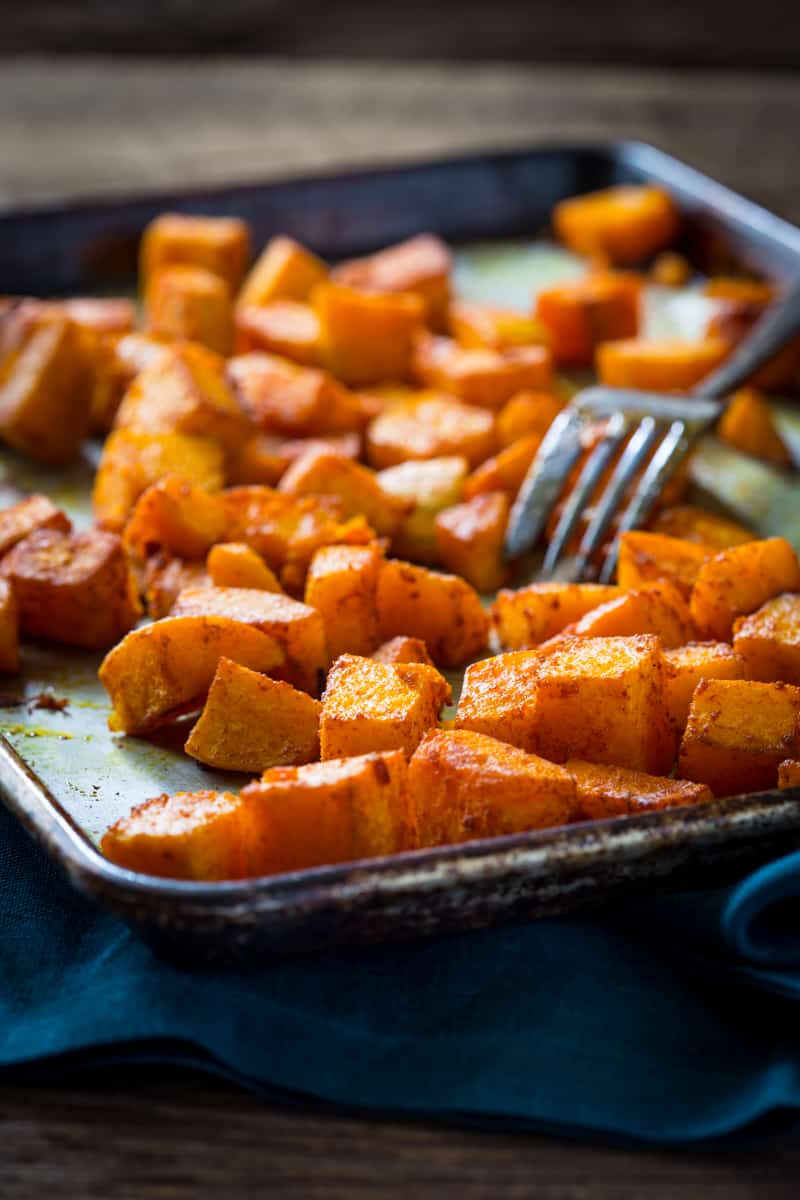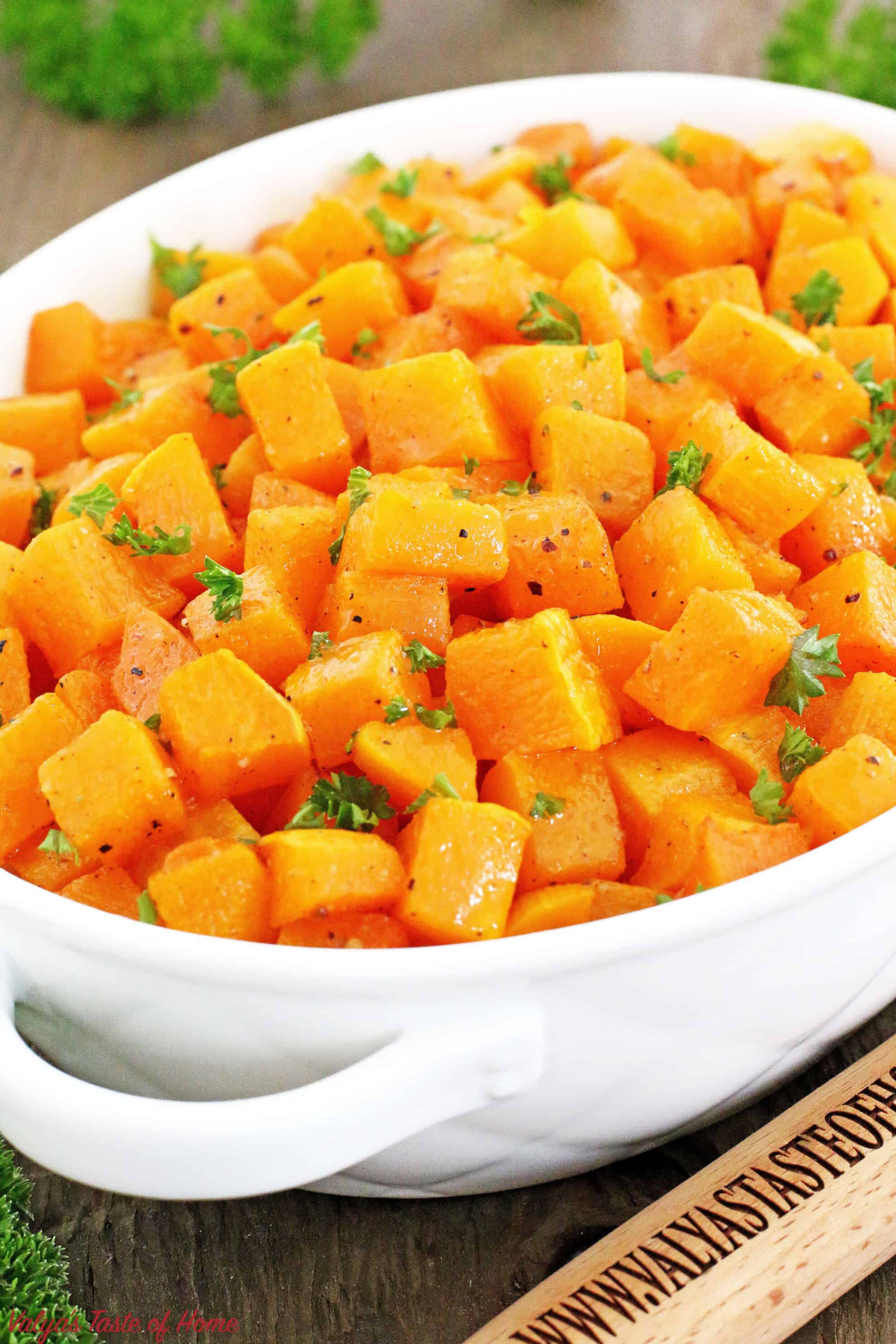

You can set the seeds aside and roast them as an additional treat! Choose a ripe squash and cut it in half along with the stem.
#Roasting buttercup squash how to
How to prepare a buttercup squashīuttercup squash is simple to prepare. Any deviation to those rich colors will likely indicate the buttercup squash has gone bad. Buttercup squash should be dark green with silvery-gray lines. Another indicator to look for is a change in color. If the squash starts to develop soft and mushy areas, then it is likely that the buttercup squash is past its prime. The best way to tell if a buttercup squash has gone bad is to feel the shell of the squash. If the buttercup squash is stored correctly, it can last for 1 to 2 months. A root cellar is another excellent option. The most common areas would be in a pantry or on a shelf in a cabinet. The best place to store a buttercup squash is in a cool and dry place. After adding a product to your cart, use the “Instructions” option to notify your Instacart shopper about any preferences or specific directions on how to choose the best products. If you are looking to have your groceries delivered, you can easily shop for buttercup squash via Instacart. The best way to determine if a buttercup squash is ready to eat is by feeling the cap of the squash. When picking out a buttercup squash, it’s important to find one that’s ripe. What should I look for when buying buttercup squash? The peak season to find buttercup squash in the store is early fall through winter. The buttercup squash is known as a winter squash. Placing mulch around the roots will also help deter weeds from overtaking the crop. It’s important to keep the buttercup squash slightly moist and to utilize mulch to help retain that moisture. The best time to transplant butternut squash is when they have two pairs of true leaves.

Growers will usually start the seeds indoors and grow for 8 weeks before transplanting them into the ground to help ensure they won’t be damaged from the chance of frost. Buttercup squash should be spaced roughly 6 feet apart. When growing buttercup squash, you should combine any compost and other organic matter before planting to ensure the seeds have nutrients.
#Roasting buttercup squash full
To grow a buttercup squash crop, they will need to be planted in fertile soil that is well-drained in an area where they can get full sun. Potassium is also found in buttercup squash, which helps lower blood pressure. The buttercup squash contains Vitamin C, which helps with immunity. It is also believed that the carotenoids in buttercup squash may reduce the chance of developing cancer or other serious diseases. The deep orange color within the buttercup that acts as a powerful antioxidant also has anti-inflammatory abilities. The word squash originates from the Native American word, “askutasquah.” What are the nutritional value and benefits of buttercup squash?īuttercup squash has plenty of beta-carotene and alpha-carotene that will turn into Vitamin A, which will help boost the body’s immune system. Crops of squash originated from Mexico and Central America. Squash has a long history dating back more than 10,000 years. Where did buttercup squash originate from?

While buttercup squash is round and dark green, the butternut squash, which is the most popular of the winter squashes, is easily identified as a tan bowling pin shape. The difference between the buttercup squash and butternut squash is their coloring and shape. What is the difference between buttercup and butternut squash? Buttercup squash is a part of the Cucurbitaceae squash family. The interior is often a dense dark yellow to orange hue and can also have a deep red shade. Often the surface can resemble an acorn squash. It has a dark green exterior that features silvery-gray lines. Buttercup squash is sweet and nutty winter squash.


 0 kommentar(er)
0 kommentar(er)
